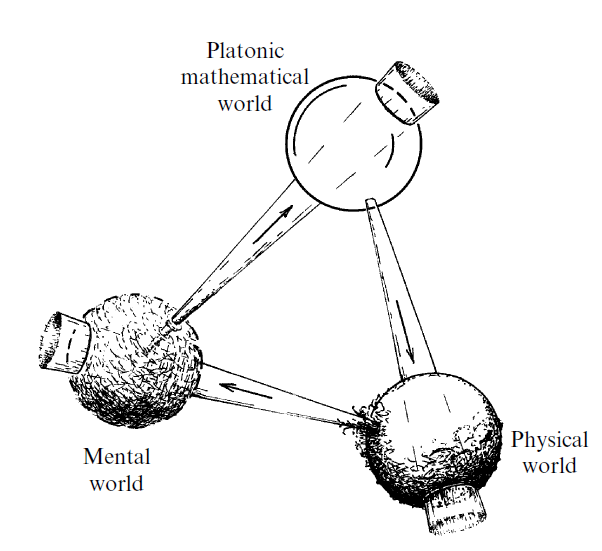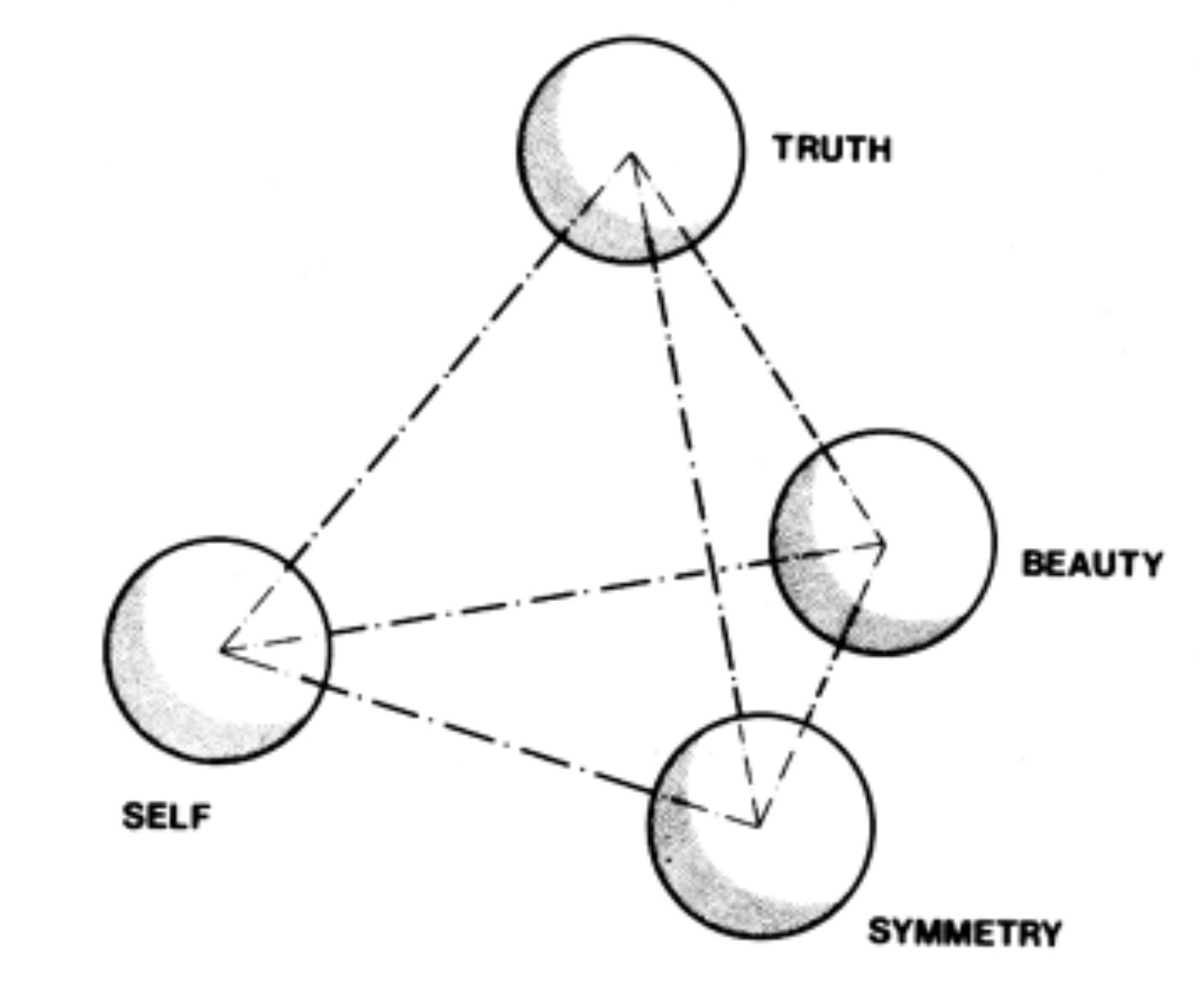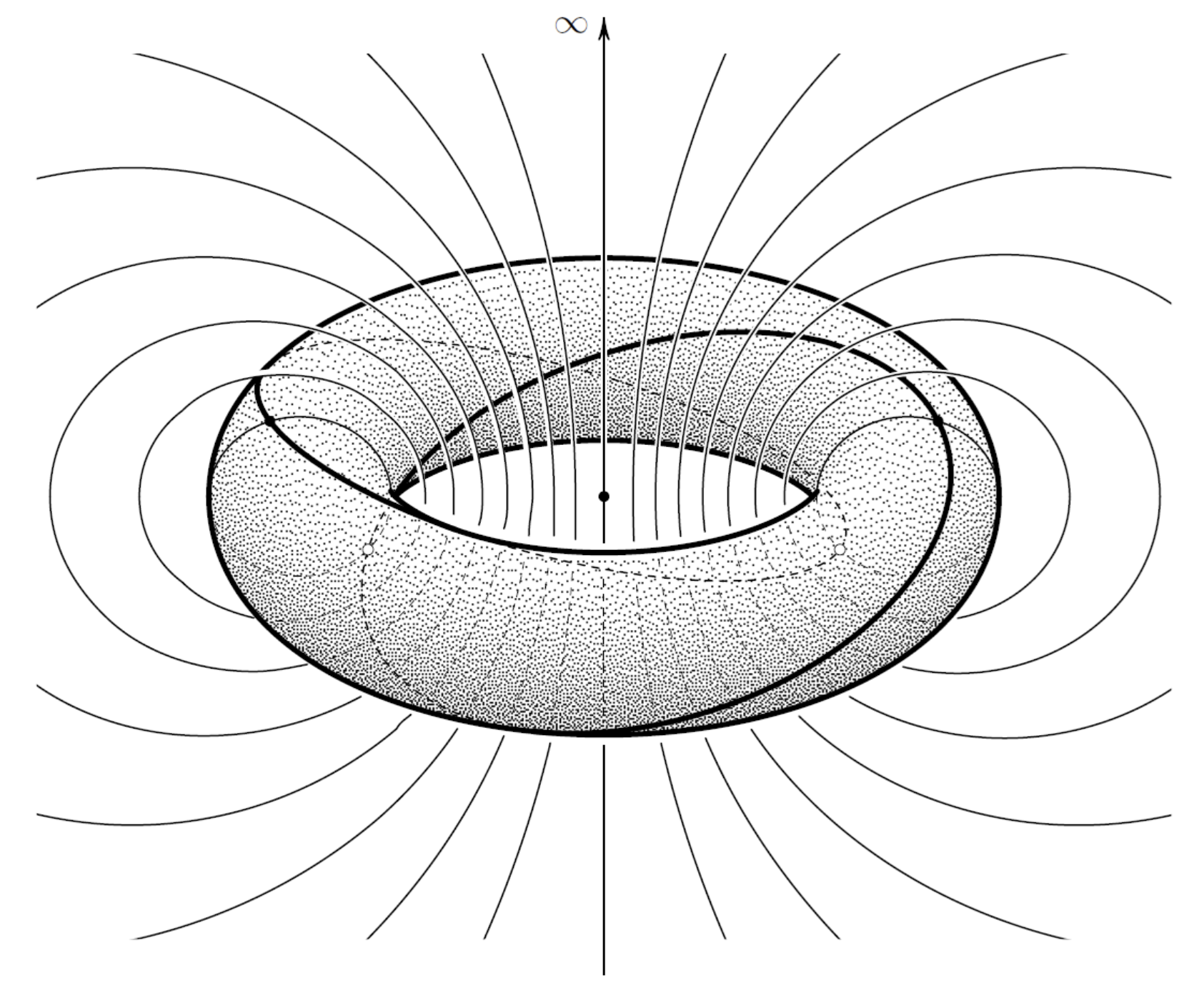- [ Polynon ]
- [ Paper ]
Cognitive Gravity: From Economic Model to Consciousness Architecture
- [ Abstract ]
Cognitive gravity has appeared across disciplines, each adapting the metaphor of gravitational pull to its own domain. In economics, it modeled trade flows as attraction shaped by mass and distance. In computational science, it became algorithmic, with information treated as mass clustering into data structures. In psychology and philosophy, it described the inertia of thought, where biases and memories anchor judgment, while organizational studies showed how accumulated success entrenches practices and inhibits innovation. Physics-inspired approaches extended the idea further, casting gravity as a structural analogue of consciousness or a unifying principle of mind and matter. Together, these uses suggest a shift toward a cognitive-first model, where gravity is understood as a principle intrinsic to experience itself. Evidence from geometric cognition, neurogeometry, and conceptual spaces are arguments in favour of the hidden geometry binding perception, memory, and meaning into coherent fields, offering the basis for a new science of mind grounded in structures long present but unrecognized.
- [ Keywords ]
Cognitive Gravity, Consciousness, Geometric Cognition, Attractor Dynamics, Philosophy of Mind
- [ Cite ]
- [ Roibu, T. (2025) Cognitive Gravity: From Economic Model to Consciousness Architecture. ]
1 Origins
By the early 21st century, it was perhaps inevitable that cognition and consciousness, domains replete with invisible forces and structural regularities, would get their own “gravity” analogy. The term “cognitive gravity” thus emerged from a lineage of metaphorical gravity models, aiming to capture the “pulls” and “weights” within mental life in a similar way.
2 Early Uses
3 Adjacent Cognitive Uses
4 Gap and opportunity
5 A polynonial architecture
6 Conclusion
- [ References]
- Einstein, Albert. 1915. “Die Feldgleichungen der Gravitation.” Sitzungsberichte der Königlich Preußischen Akademie der Wissenschaften (Berlin), 844–847.
- Arnheim, Rudolf. 1954. Art and Visual Perception: A Psychology of the Creative Eye. Berkeley: University of California Press.
- Anderson, James E., and Eric van Wincoop. 2003. “Gravity with Gravitas: A Solution to the Border Puzzle.” American Economic Review 93 (1): 170–192.
- Buzsáki, György. 2006. Rhythms of the Brain. New York: Oxford University Press.
Bohm, David. 1980. Wholeness and the Implicate Order. London: Routledge & Kegan Paul. - Bohr, Niels. 1935. “Can Quantum-Mechanical Description of Physical Reality Be Considered Complete?” Physical Review 48 (8): 696-702.
- Bohr, Niels. 1928. “The Quantum Postulate and the Recent Development of Atomic Theory.” Nature 121 (3050): 580-590.
- Citti, Giovanna, and Alessandro Sarti. 2019. “Neurogeometry of Perception: Isotropic and Anisotropic Aspects.” arXiv, June 8, 2019. https://doi.org/10.48550/arXiv.1906.03495.
- Clark, Andy. 2016. Surfing Uncertainty: Prediction, Action, and the Embodied Mind. New York: Oxford University Press.
- Descartes, René. 1641. Meditations on First Philosophy. Translated by John Cottingham. Cambridge: Cambridge University Press, 1996.
- Heisenberg, Werner. 1958. Physics and Philosophy: The Revolution in Modern Science. New York: Harper & Row.
- Heisenberg, Werner. 1927. “Über den anschaulichen Inhalt der quantentheoretischen Kinematik und Mechanik.” Zeitschrift für Physik 43 (3-4): 172-198.
- Helmholtz, Hermann von. 1868. “On the Facts Underlying Geometry.” Abhandlungen der Königlichen Gesellschaft der Wissenschaften zu Göttingen 15.
- Hering, Ewald. 1878. Outlines of a Theory of the Light Sense. Translated by William S. Harris. Cambridge: Harvard University Press, 1964.
- Hofstadter, Douglas R. 1979. Gödel, Escher, Bach: An Eternal Golden Braid. New York: Basic Books.
- Hohol, Mateusz. 2019. Foundations of Geometric Cognition. London: Routledge.
- Hubel, David H., and Torsten N. Wiesel. 1962. “Receptive Fields, Binocular Interaction and Functional Architecture in the Cat’s Visual Cortex.” The Journal of Physiology 160 (1): 106-154.
- Edelman, Gerald M. 1987. Neural Darwinism: The Theory of Neuronal Group Selection. New York: Basic Books.
- Fakhoury, Tala, Elia Turner, Sushrut Thorat, and Athena Akrami. 2025. “Models of attractor dynamics in the brain.” arXiv, May 1, 2025. https://doi.org/10.48550/arXiv.2505.01098.
- Fichte, Johann Gottlieb. 1794. Grundlage der gesamten Wissenschaftslehre [Foundations of the Entire Science of Knowledge]. Translated by Daniel Breazeale. Indianapolis: Hackett Publishing, 1982.
- Freeman, Walter J. 1995. Societies of Brains: A Study in the Neuroscience of Love and Hate. Hillsdale, NJ: Lawrence Erlbaum Associates.
- Friston, Karl J. 2010. “The Free-Energy Principle: A Unified Brain Theory?” Nature Reviews Neuroscience 11 (2): 127-138.
- Fuller, R. Buckminster. 1979. Synergetics 2: Explorations in the Geometry of Thinking. New York: MacMillan.
- Gärdenfors, Peter. 2000. Conceptual Spaces: The Geometry of Thought. Cambridge, MA: MIT Press.
- Gilbert, M. L. 2024. “A Review of Attractor Neural Networks and Their Use in Cognitive Science.” Annual Review of Psychology, October 7, 2024.
- Grand, Gabriel, Idan Asher Blank, Francisco Pereira, and Evelina Fedorenko. 2022. “Semantic Projection Recovers Rich Human Knowledge of Multiple Object Features from Word Embeddings.” Nature Human Behaviour 6 (4): 460-474. https://doi.org/10.1038/s41562-022-01316-8.
- Katz, David. 1935. The World of Touch. London: Methuen & Co Ltd.
- Kant, Immanuel. 1781. Critique of Pure Reason. Translated by Norman Kemp Smith. New York: St. Martin’s Press, 1929. (Original work published 1781)
- Kent, Lachlan. 2023. “Mental Gravity: Depression as Spacetime Curvature of the Self, Mind, and Brain.” Entropy 25, no. 9: 1275. https://doi.org/10.3390/e25091275.
- Koffka, Kurt. 1935. Principles of Gestalt Psychology. New York: Harcourt Brace.
- Köhler, Wolfgang. 1929. Gestalt Psychology. New York: Liveright.
- Konovalov, Arkady, and Ian Krajbich. 2018. “Neurocomputational Dynamics of Sequence Learning.” Neuron 98 (4): 694-705. https://doi.org/10.1016/j.neuron.2018.05.013.
- Lakoff, George, and Mark Johnson. 1980. Metaphors We Live By. Chicago: University of Chicago Press.
- Laukkonen, Ruben, and Shamil Chandaria. 2025. “A Beautiful Loop: An Active Inference Theory of Consciousness.” Neuroscience & Biobehavioral Reviews, forthcoming. https://doi.org/10.1016/j.neubiorev.2025.12.001
- Lupyan, Gary, Amy Wendorf, Lara M. Berscia, and Jesse Paul. 2018. “Core Knowledge or Language Augmented Cognition? The Case of Geometric Reasoning.” In Proceedings of the 12th International Conference on the Evolution of Language (EVOLANG XII), 252-254. Toruń, Poland: NCU Press. https://doi.org/10.12775/3991-1.062.
- Mach, Ernst. 1883. The Science of Mechanics: A Critical and Historical Account of Its Development. Translated by Thomas J.
- McCormack. La Salle, IL: Open Court Publishing, 1960.
- Marr, David. 1982. Vision: A Computational Investigation into the Human Representation and Processing of Visual Information. San Francisco: W. H. Freeman & Co.
- Maturana, Humberto R., and Francisco J. Varela. 1980. Autopoiesis and Cognition: The Realization of the Living. Dordrecht: D. Reidel Publishing.
- Miller, Earl K. 2018. “Working Memory and Cognitive Control: The Role of Prefrontal Cortex.” Annual Review of Neuroscience 41: 93-115.
- Minkowski, Hermann. 1908. “Raum und Zeit.” Physikalische Zeitschrift 10 (3): 75–88.
- Penrose, Roger. 2004. The Road to Reality: A Complete Guide to the Laws of the Universe. London: Jonathan Cape.
- Piaget, Jean. 1952. The Origins of Intelligence in Children. New York: International Universities Press.
- Poincaré, Henri. 1905. Science and Hypothesis. Translated by Walter Burton. New York: Dover Publications, 1952.
- Roibu, Tib. 2025. “Cognitive Gravity: A Polynonial Architecture of Experience.” Manuscript, May 2025. https://polynons.com/wp-content/uploads/2025/05/Cognitive-Gravity-A-polynonial-architecture-of-experience-%C2%A9-Tib-Roibu-2025.pdf.
- Roibu, Tib. 2025. The Polynon: A Geometry of Consciousness. Manuscript, January 2025. https://philpapers.org/archive/ROITPA.pdf
- Schrödinger, Erwin. 1944. What Is Life? The Physical Aspect of the Living Cell. Cambridge: Cambridge University Press.
- Seth, Anil K. 2014. “A Predictive Processing Theory of Sensorimotor Contingencies: Explaining the Puzzle of Perceptual Presence and Its Absence in Synesthesia.” Cognitive Neuroscience 5 (2): 105-113.
- Sheldrake, Rupert. 1981. A New Science of Life: The Hypothesis of Morphic Resonance. London: Blond & Briggs.
- Spelke, Elizabeth S. 2010. “Beyond Core Knowledge: Natural Geometry.” Philosophical Transactions of the Royal Society B 365, no. 1553: 3053-3061. https://doi.org/10.1098/rstb.2010.0125.
- Spisak, Tamas, Karl Friston, and others. 2022. “Self-Orthogonalizing Attractor Neural Networks Emerging from the Free Energy Principle.” arXiv. https://arxiv.org/abs/2201.00000.
- Tinbergen, Jan. 1962. Shaping the World Economy: Suggestions for an International Economic Policy. The Twentieth Century Fund.
- Varela, Francisco J., Evan Thompson, and Eleanor Rosch. 1991. The Embodied Mind: Cognitive Science and Human Experience. Cambridge, MA: MIT Press.
- Wei, Berlyne. 2023. “The Tendency of the Schematic Structure to Maintain Stability: A Psychological Analogy to Mental Inertia.” Frontiers in Psychology, October 31, 2023. https://doi.org/10.3389/fpsyg.2023.1243711.
- Wen, Guihua, Jie Wei, Jian Wang, Tao Zhou, and Lei Chen. 2013. “Cognitive Gravitation Model for Classification on Small Noisy Data.” Neurocomputing 118: 245-252.
- Wertheimer, Max. 1912. “Experimental Studies on the Seeing of Motion.” Zeitschrift für Psychologie.
- Wheeler, John Archibald. 1990. “Information, Physics, Quantum: The Search for Links.” In Complexity, Entropy, and the Physics of Information, edited by W. H. Zurek, 3-28. Redwood City, CA: Addison-Wesley.
- Whitehead, Alfred North. 1929. Process and Reality: An Essay in Cosmology. New York: Macmillan.
© 2025, Tib Roibu


